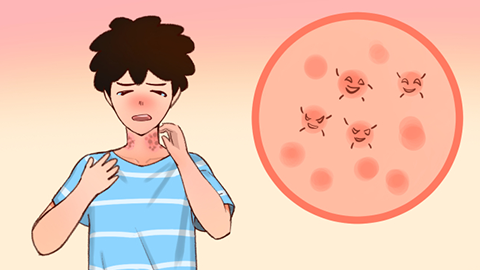What is roseola infantum?
Infantile急疹, also known as roseola infantum, is a common viral infectious disease in infants and young children. A detailed analysis is as follows:

Infantile急疹 is a viral exanthematous disease caused by infection with human herpesvirus type 6 or 7, commonly occurring in infants and young children aged 6 months to 2 years. The most typical characteristic of this rash is "rash appearing after fever subsides." During the initial stage of the disease, infants often experience a persistent high fever lasting 3-5 days, with temperatures frequently exceeding 39℃, without rash appearing during the febrile period. Once the fever suddenly drops, light red maculopapular rashes rapidly emerge on the trunk and neck, with fewer lesions on the face and extremities. The rash generally resolves spontaneously within 1-2 days and does not leave pigmentation or scars. Due to its specific viral etiology and distinct clinical course, it is classified as a viral exanthematous disease.
In addition, during the course of the illness, infants should maintain adequate hydration to avoid dehydration. Physical cooling methods such as tepid water sponging may be used during fever, and antipyretic medications should be taken under medical guidance if the temperature becomes excessively high. After the rash appears, it is important to keep the skin clean and wear loose clothing, avoiding scratching. If symptoms such as lethargy, persistent crying, or convulsions occur, prompt medical attention should be sought.








